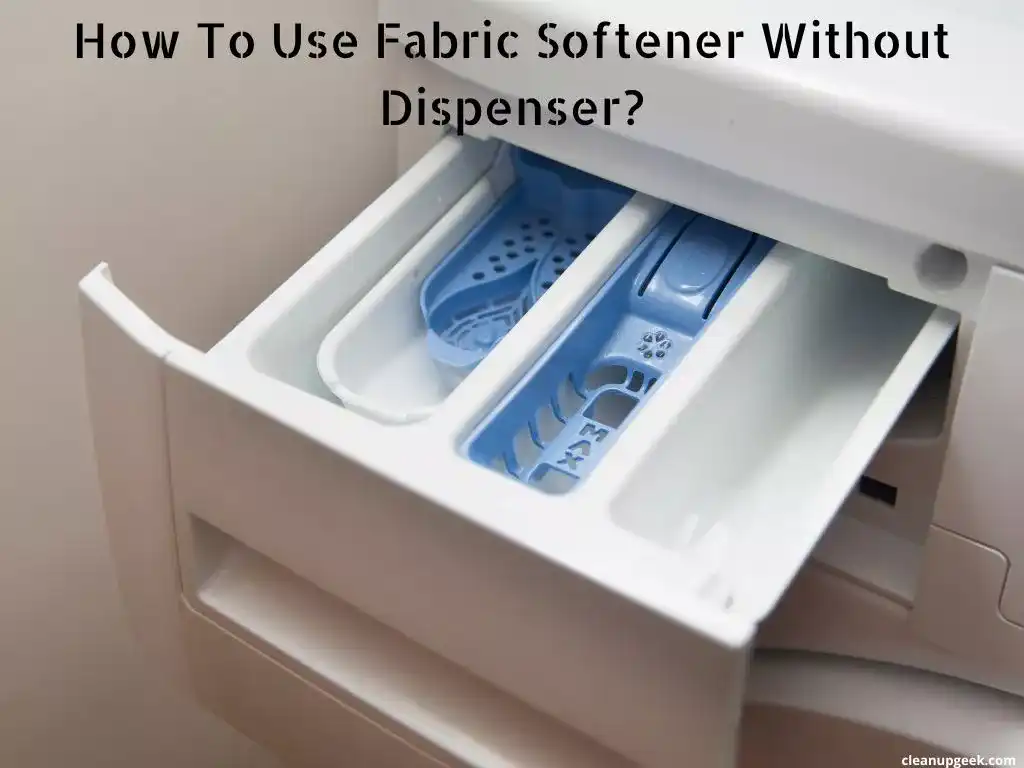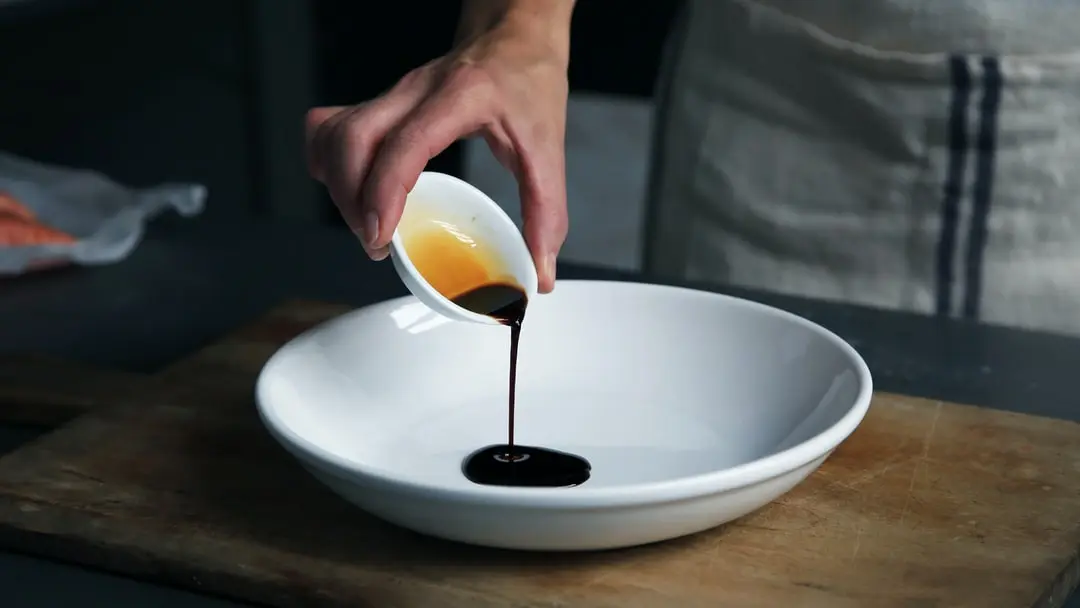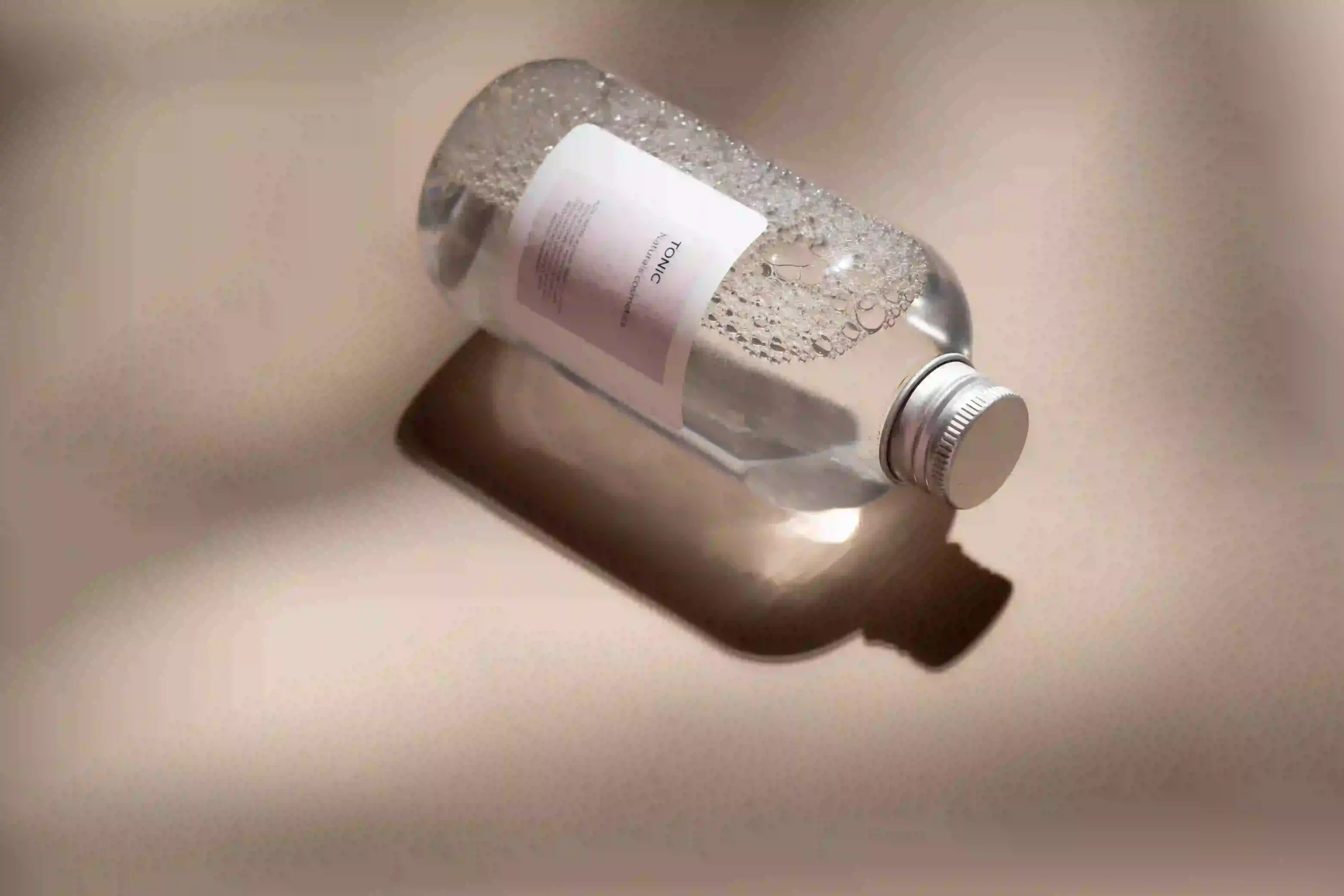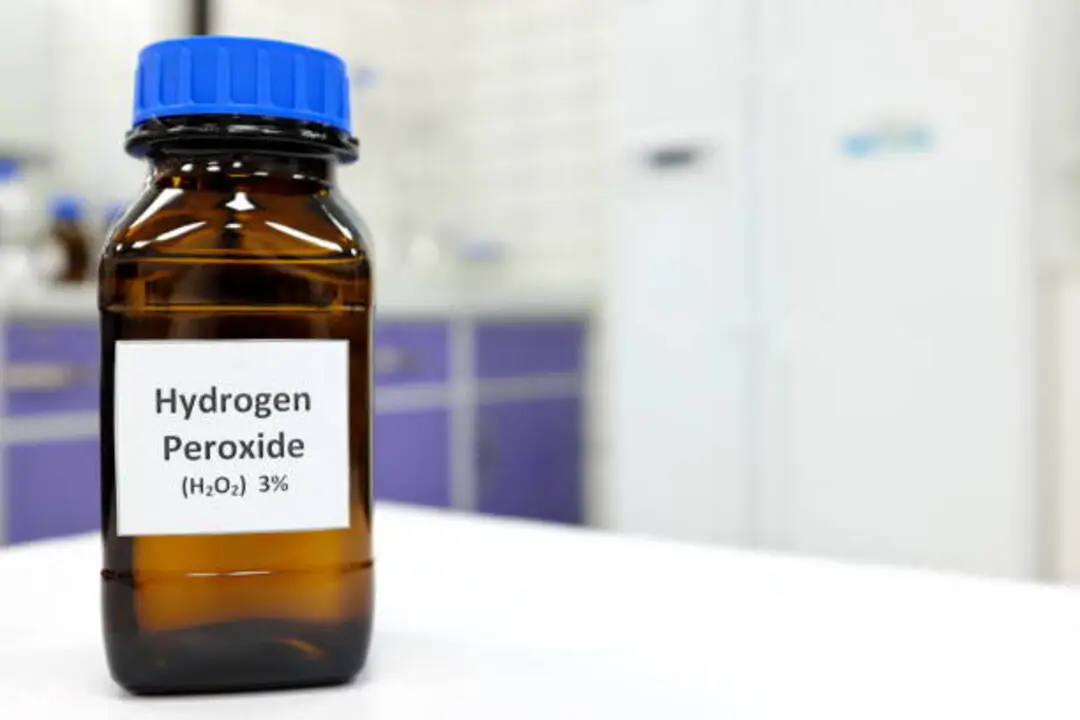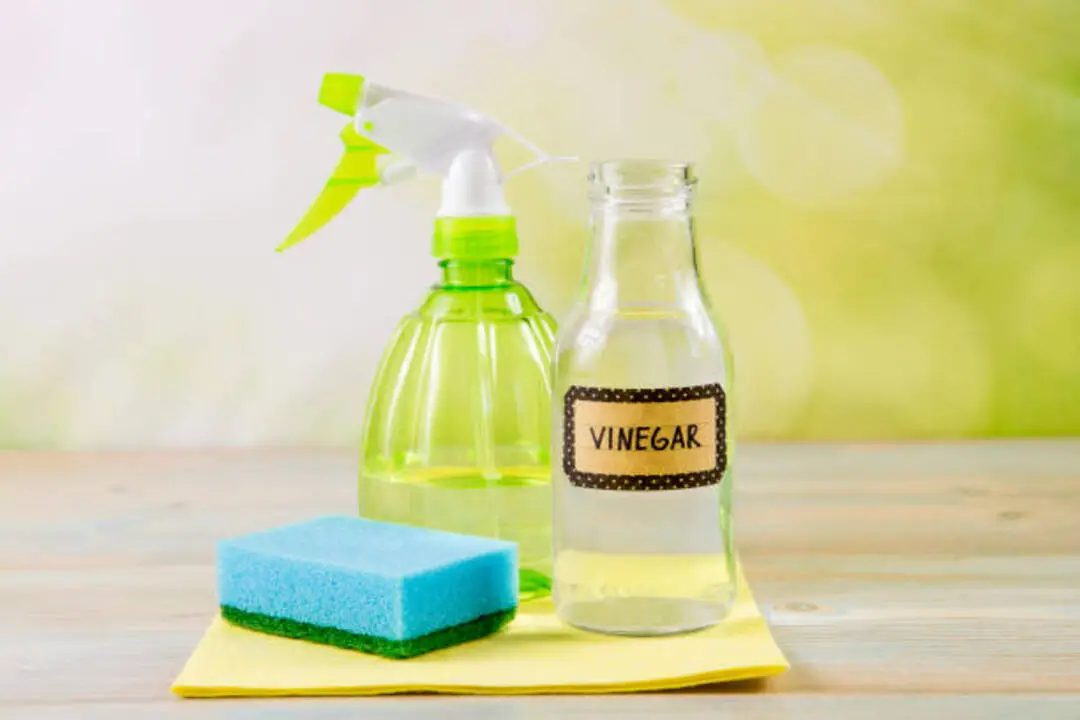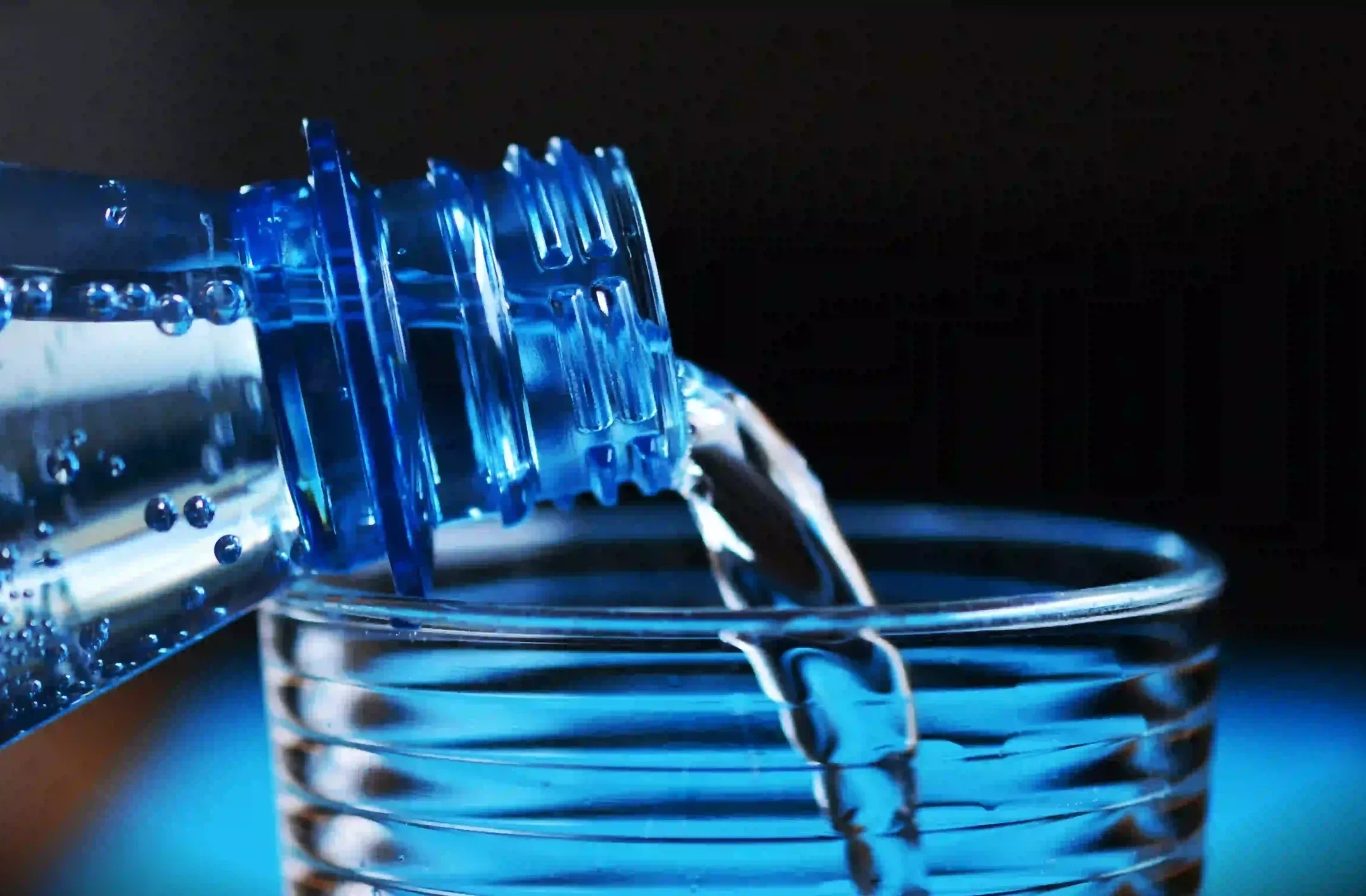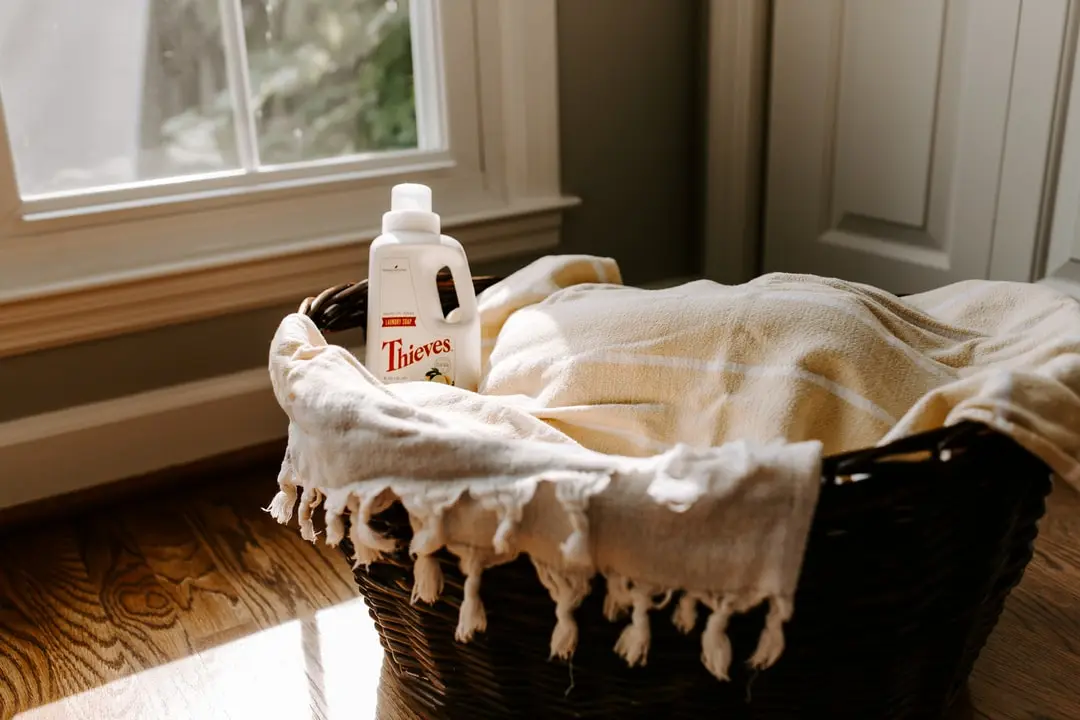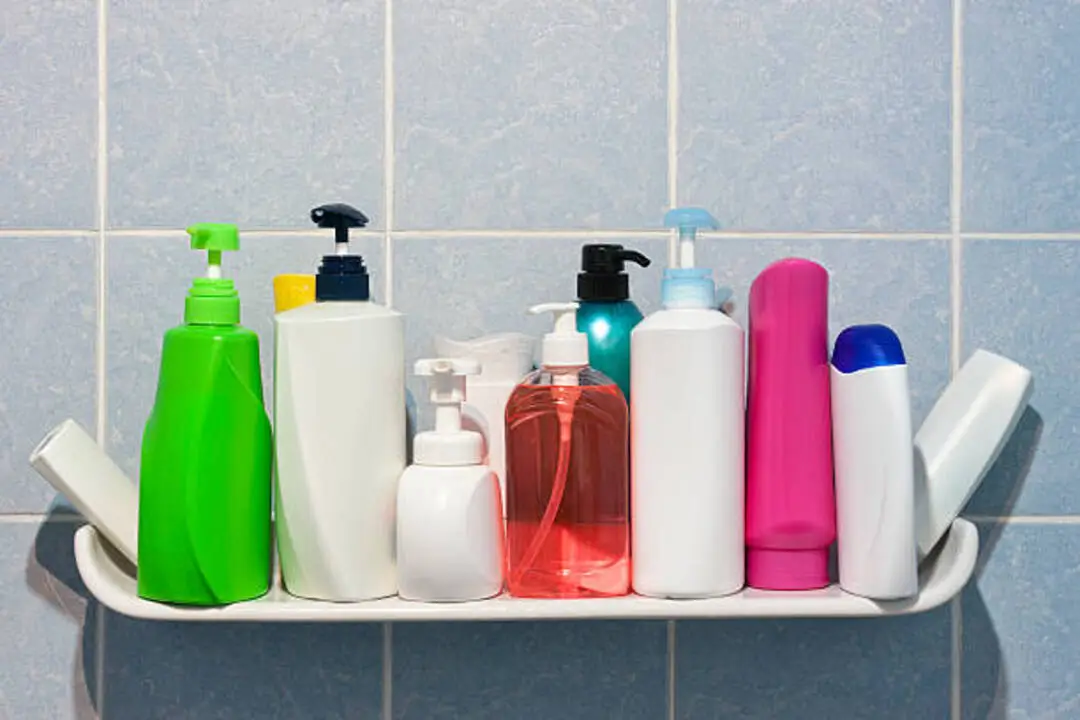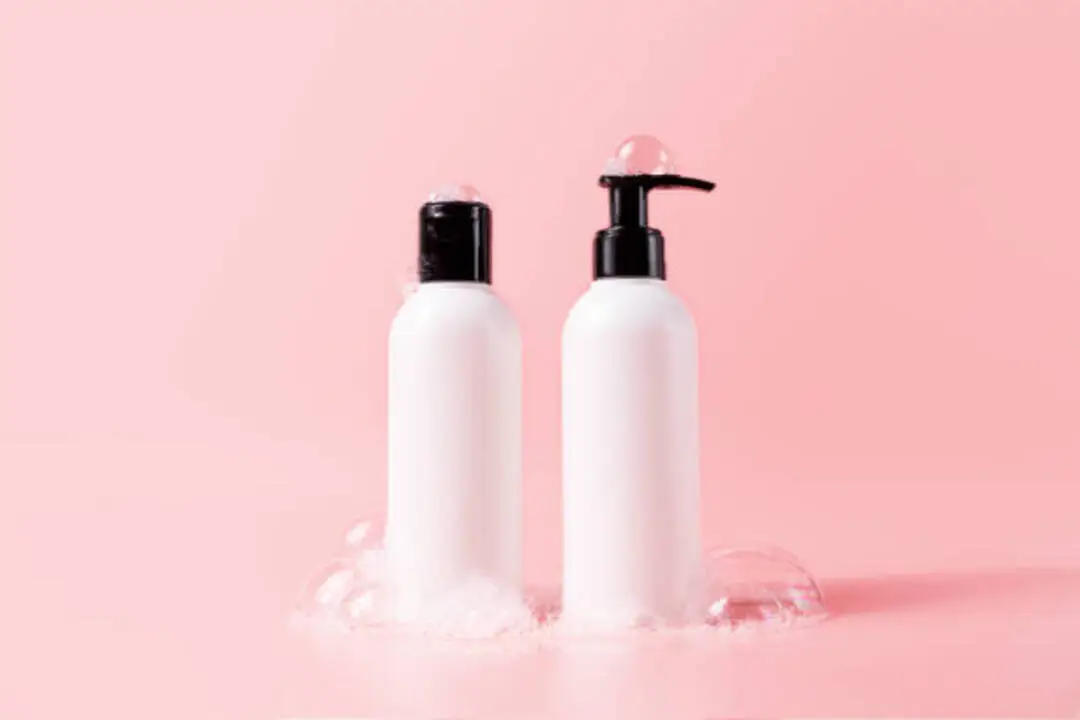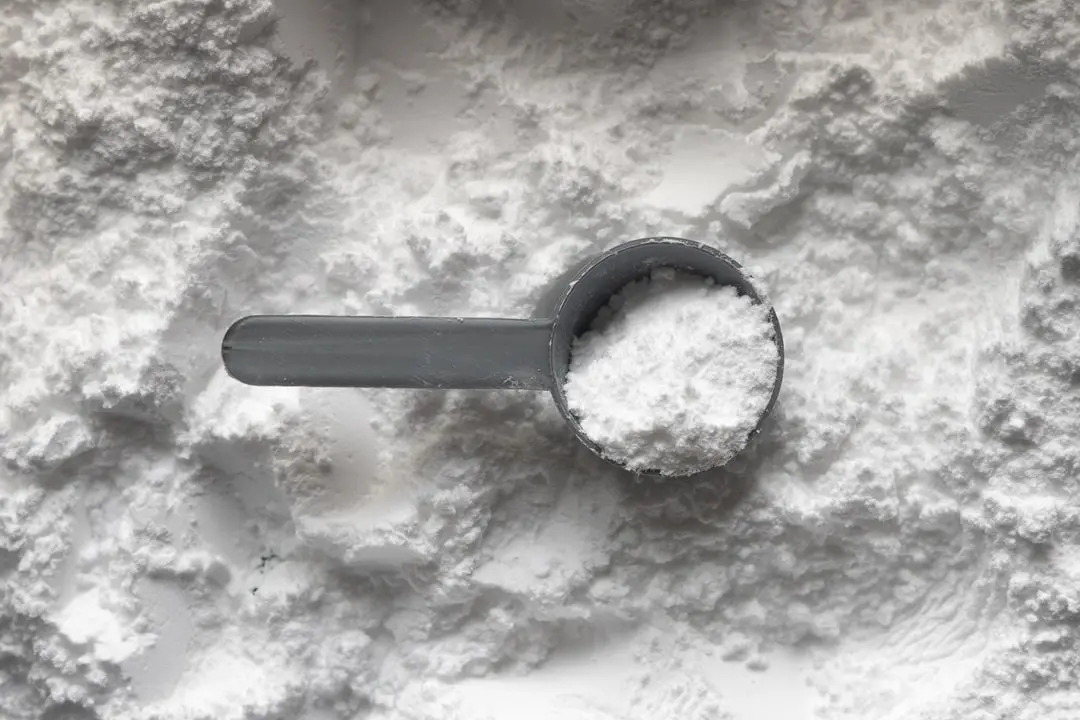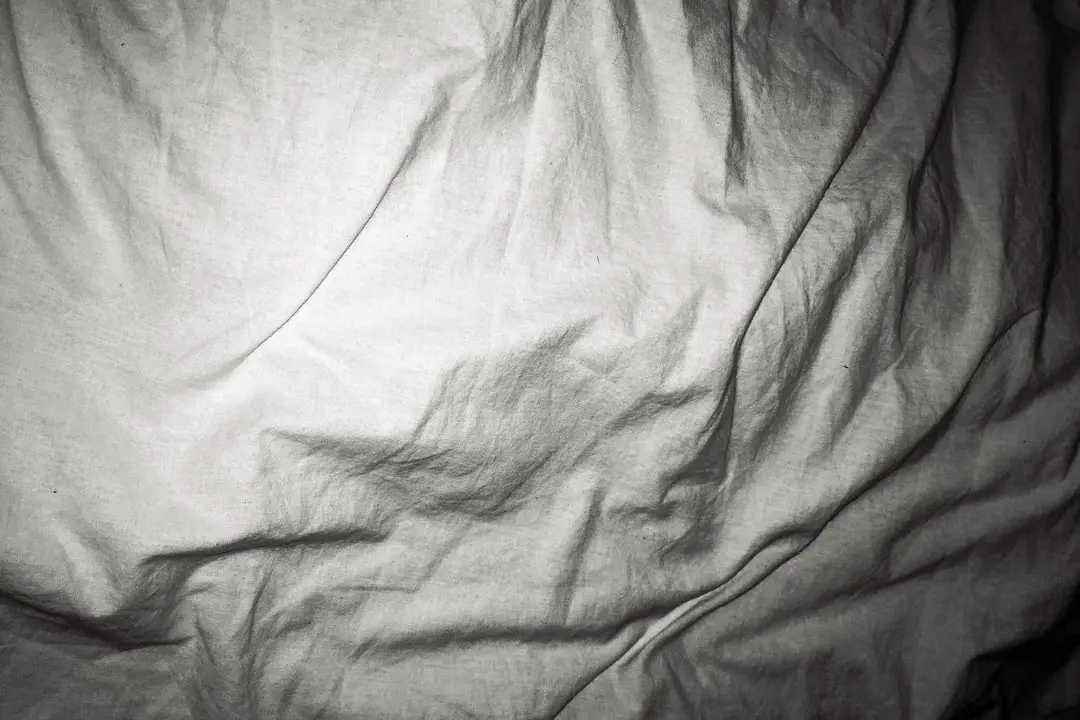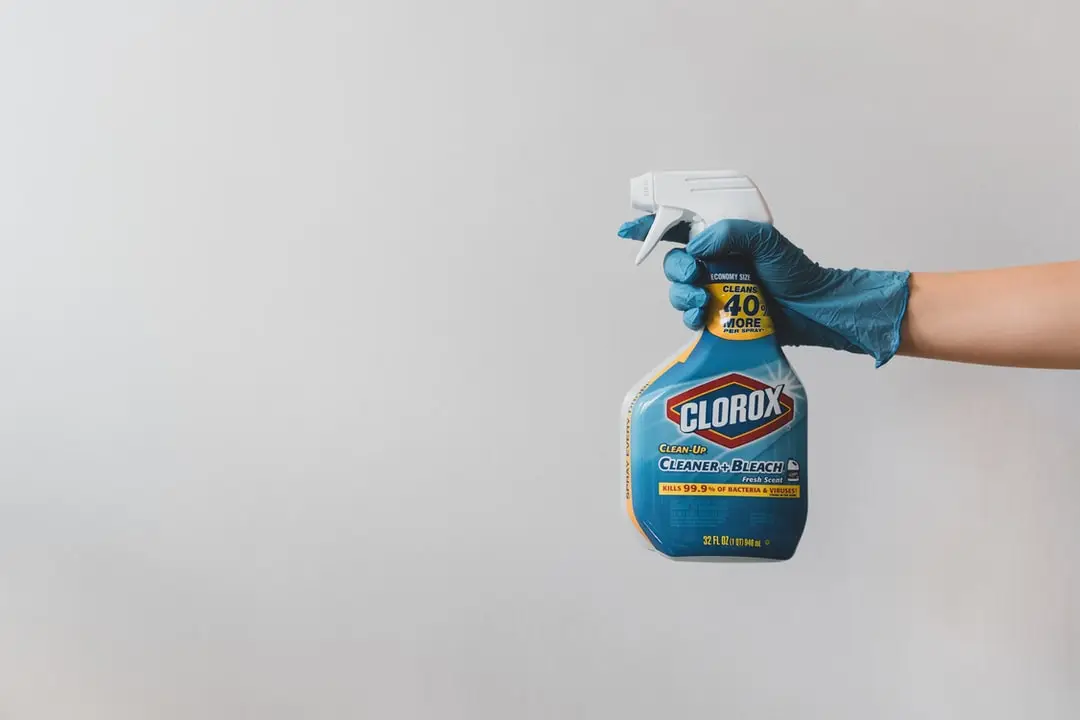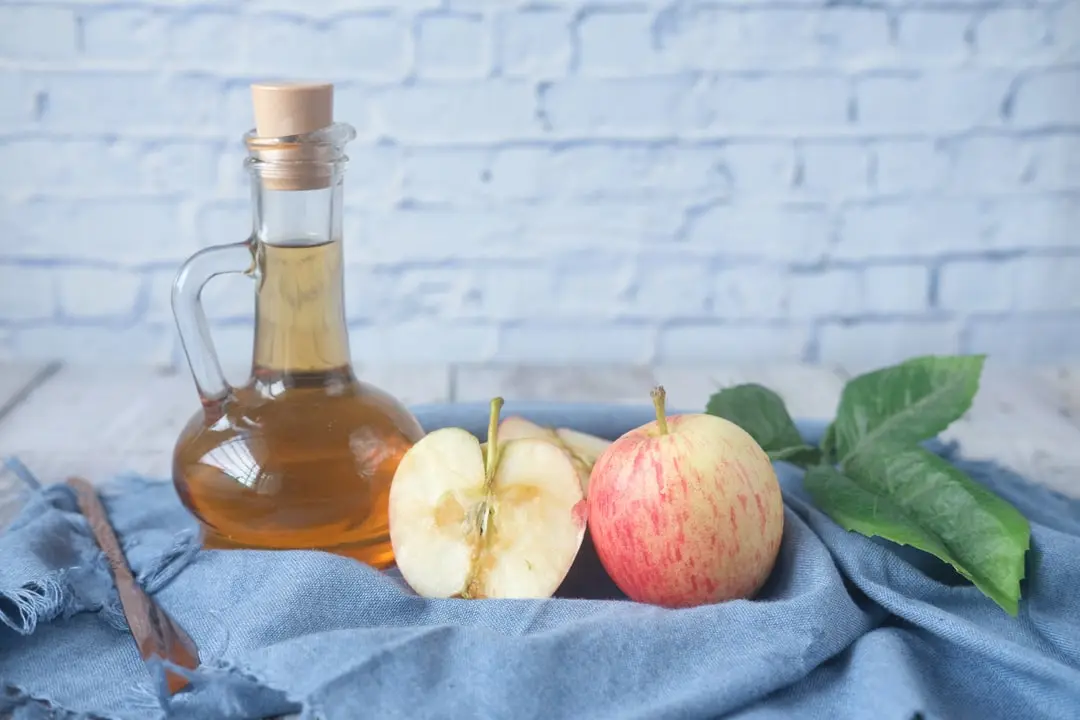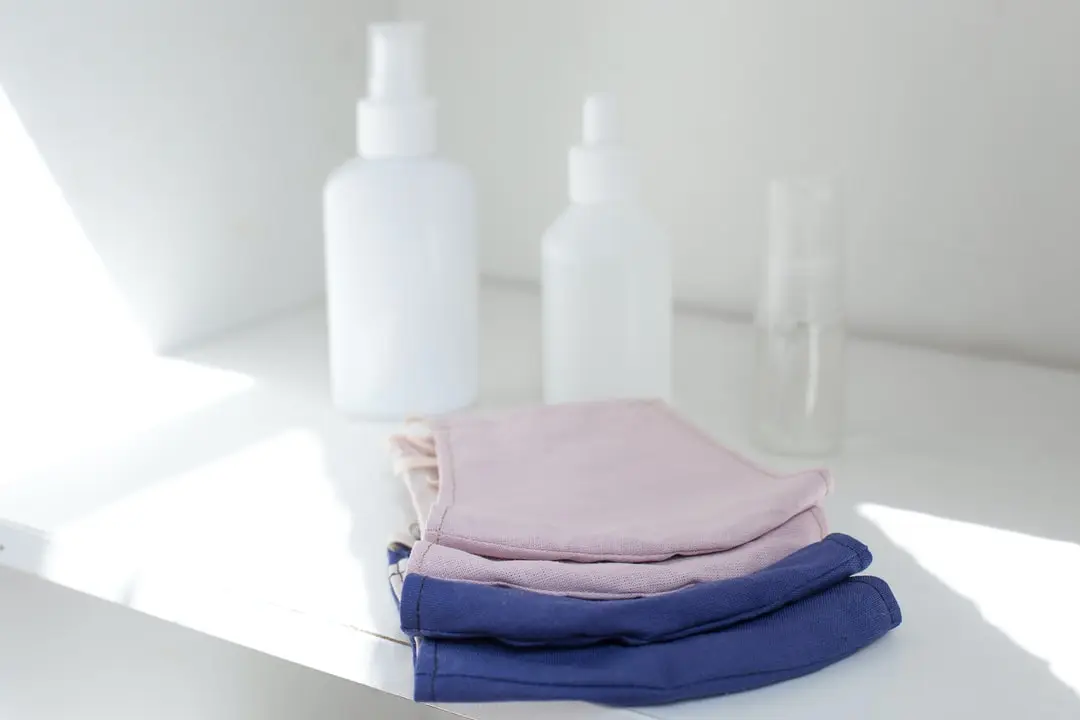How to use fabric softener without dispenser? Fabric softener is a necessary part of doing laundry because it can help reduce static cling, make ironing easier, and keep your clothes looking new and smelling fresh. It can also help to prevent lint and pet hair from sticking to your clothes.
However, using fabric softeners incorrectly can actually cause more harm than good. Fabric softeners can actually make your clothes less absorbent and more likely to hold onto stains. Moreover, it can also make your clothes more susceptible to static cling and cause them to pill over time.
So, how do you use fabric softener if your washing machine doesn’t have a fabric softener dispenser? If you don’t have a fabric softener dispenser on your washing machine, you can still use fabric softener. In this article, we will discuss three ways you can use fabric softeners without a dispenser.
How Does Fabric Softener Work?

Fabric softener is a product that is used to make clothes feel softer and smell fresher. It can be added to your washing machine during the rinse cycle, or you can use a fabric softener dispenser that attaches to your hose and dispenses the product directly onto your clothes while they are being washed.
Fabric softeners work by coating the fibers of your clothes with a thin layer of lubricant. This lubricant makes it easier for the fabric to slide against itself, which reduces friction and makes the fabric feel softer. The lubricant also helps to prevent static cling by keeping the fibers from clinging together.
In addition to making your clothes feel softer, fabric softener can also make them smell fresher. The fragrances in the softener can help to mask any unpleasant odors that your clothes may have picked up during use. Fabric softeners are available at most supermarkets and discount stores, as well as many specialty cleaning product stores.
Fabrics You Should Not Use Fabric Softeners On.

If you’ve ever wondered whether fabric softener is bad for your clothes, the answer is yes and no. There are some fabrics that you should never use fabric softener on, and others that will benefit from it.
1. Wool: Fabric softener will break down the fibers in wool, making it weaker and more prone to tearing. In addition, wool is a natural fabric that doesn’t need any help staying soft.
2. Silk: Like wool, silk is a natural fiber that doesn’t need any help staying soft. In fact, using fabric softener on silk can actually make it less smooth and more likely to pill.
3. Microfiber: Microfiber is a synthetic fabric made from polyester and nylon. Fabric softeners are not good for microfibers because they reduce the effectiveness of the fibers and can cause them to clump together.
4. Leather: Leather is a natural material that needs to breathe. Fabric softeners can clog the pores in leather and make it stiff, reducing its flexibility and even causing it to crack. In addition, fabric softeners can make leather items too slippery for use with certain types of craft projects.
5. Polyester: Fabric softeners can cause polyester to lose its shape and become brittle over time.
6. Nylon: Fabric softeners can make nylon fabrics less flexible, which can affect their ability to withstand wear and tear.
7. Acrylic: Fabric softeners can make acrylic fabrics less flexible and more prone to wrinkling.
Finally, there are some clothes that you should avoid using fabric softeners on as well. This includes athletic clothes such as polo shirts, T-shirts, tracksuits, swimsuits, wet suits, ski suits, etc. Also, flame-resistant clothes such as Kevlar, Modacrylic, Nomex, etc. Water-absorbent fabrics such as towels, etc.
Mistakes to Avoid When Using Fabric Softener in the Washing Machine

When it comes to doing laundry, there are a few things you want to avoid in order to keep your clothes looking and feeling their best. One of those things is using too much fabric softener. Here are a few mistakes to avoid when using fabric softener in the washing machine:
1. Don’t use too much. A little goes a long way when it comes to fabric softener. Using too much can leave your clothes feeling oily and can cause them to repel water instead of absorbing it.
2. Don’t add fabric softener directly to clothes. Instead, add it to the water in the washing machine before adding your clothes. This will help distribute the fabric softener evenly and prevent any spots or streaks from forming on your clothing.
3. Don’t use fabric softener if you have sensitive skin. Fabric softeners can cause an allergic reaction in people with sensitive skin, so if you tend to break out in red bumps after using laundry products, it’s best to skip this step.
4. Don’t use fabric softener on dark clothes. Dark clothes can become discolored over time with repeated use of fabric softener, so if you like to wear dark clothes, it’s best to skip this step.
5. Don’t use fabric softener on delicate fabrics. Fabric softeners can make these fabrics more prone to pilling, so if your sweater is made of a delicate material, it’s best to skip this step.
6. Don’t use fabric softener on clothes that are dry-cleaned only.
7. Don’t use fabric softener on towels. Fabric softeners can make towels less absorbent, so if you like to use fabric softeners, it’s best to skip this step on towels.
How to Use Fabric Softener in a Washing Machine Without a Dispenser

Don’t worry if your washing machine doesn’t have a built-in fabric softener dispenser. You can still use fabric softener and get your clothes clean and soft.
Here are three ways you can use fabric softener without a fabric softener dispenser:
1. Using liquid fabric softener in a washing machine
To use liquid fabric softener in a washing machine without a built-in fabric softener dispenser, first, pour the desired amount of fabric softener into a cup of water. Stir the mixture and add it during the rinse cycle.
Also, you can do this by simply pouring the fabric softener into the washing machine’s bleach dispenser. This will ensure that the fabric softener is properly dispersed during the wash cycle.
Moreover, you can add fabric softener to the washing machine by mixing the right amount with water and pouring it directly into the washing machine’s drum before adding your clothes. Make sure not to pour undiluted fabric softener directly on your clothes.
2. Using fabric softener sheets
If you want your clothes to smell fresh and feel softer but your washing machine doesn’t have a built-in fabric softener dispenser, you can use fabric softener sheets instead of liquid fabric softener. Here’s a quick guide. Just follow these simple steps and you’ll have softer clothes in no time.
First, make sure to choose a fragrance that you love. Fabric softener sheets come in all sorts of scents, so take your pick.
Second, simply toss a sheet or two in with your laundry before you start the cycle. You can add them directly to the washer tub or put them in the dryer with your wet clothes.
Fabric softener sheets are an easy and effective way to get your clothes to smell great and feel softer if your washing machine doesn’t have a fabric softener dispenser.
3. Using wool dryer balls
If you’re looking for a natural way to soften your clothes, wool dryer balls are a great option. Here’s how to use them:
1. Put three to four wool dryer balls into your dryer with your wet laundry.
2. Set the dryer to its lowest heat setting and tumble the laundry until it’s dry.
3. The wool dryer balls will absorb moisture from the clothes and help them dry faster while gently softening them.
4. You can reuse wool dryer balls for several loads of laundry before they need to be replaced.
5. If you have a large load of laundry, you may want to add an extra wool dryer ball or two to ensure that all of the clothes get evenly softened.
6. When you get your wool dryer balls, they will have a natural, loose fiber sheath. You can wash this off in the washer before you use it. If you don’t want to wash the wool dryer balls, that’s okay too.
The Benefits of Using Fabric Softener on Your Clothes

If you’ve ever wondered if fabric softener is worth the extra money, the answer is yes! Fabric softener not only leaves your clothes feeling softer and smelling great, but it also has several other benefits. Here are just a few of the benefits of using fabric softener on your clothes:
1. Fabric softener reduces static cling. If you’re tired of your clothes sticking to you on a dry winter day, fabric softener can help. Just add a capful to your washing machine’s rinse cycle and say goodbye to static cling.
2. Fabric softener can make ironing easier. If you hate ironing, fabric softener can help make the chore a little easier. Just add it to your wash cycle and your clothes will come out of the dryer softer and more manageable.
3. Fabric softener can help your clothes look brighter. Fabric softener isn’t just for making things soft. It can help make your clothes look brighter, too. Add a capful of detergent to the washing machine’s rinse cycle and say hello to whiter whites and brighter colors.
4. Fabric softeners can help reduce wrinkles. Wrinkled clothes are a thing of the past with fabric softener. Just add a capful to your wash cycle and say goodbye to wrinkled clothing.
5. Fabric softener can help prevent pilling. Pilling, also known as bobbling, is when small balls or pills start to form on your clothing. Fabric softener helps reduce the amount of pilling on your clothes by helping keep the fabric softer and smoother.
The Disadvantages of Using Fabric Softener on Your Clothes

When it comes to laundry, fabric softener is a common product that is used to make clothes feel softer and smell fresher. However, there are some drawbacks to using fabric softeners on your clothes. Here are a few of the disadvantages of using fabric softener:
1. Fabric softeners can actually make your clothes less absorbent. This means that they will take longer to dry and will be more susceptible to stains.
2. Fabric softeners can also cause your clothes to shed fibers. This can make them look old and worn before their time.
3. If you have sensitive skin, fabric softener can cause irritation or even allergic reactions. It’s best to err on the side of caution and avoid using fabric softener if you have sensitive skin.
4. Fabric softener is a petroleum product. This means that it’s not biodegradable and can contaminate the environment if it’s washed down the drain.
5. Fabric softener makes your clothes less breathable, which can make you feel hotter and more uncomfortable when you wear them.
6. Fabric softeners can make your clothes more susceptible to stains. This is because it coats the fibers with a layer of chemicals that are less resistant to staining.
7. Fabric softeners can actually make your clothes more flammable. If you’re going to be near any open flames, it’s best to avoid using fabric softener on your clothing.
Check out our blog article on ways to keep yourself and your surroundings clean all the time!
Conclusion
In summary, there are a few methods you can use to get around not having a fabric softener dispenser. You can either pour the fabric softener into the washer’s drum before adding your clothes; mix it with water in a cup and add it to the rinse cycle; you can add wool dryer balls to the dryer; or you can add fabric softener sheets to the dryer. Whichever method you choose, your clothes will come out soft and smell great.
However, there are a few things to keep in mind when using fabric softener: always use the correct amount of fabric softener; never use it on fabrics that cannot be softened (such as wool, silk, etc.); and follow the step-by-step guide carefully. By following these simple tips, you can safely and efficiently soften clothes for your family. Thanks for reading!
